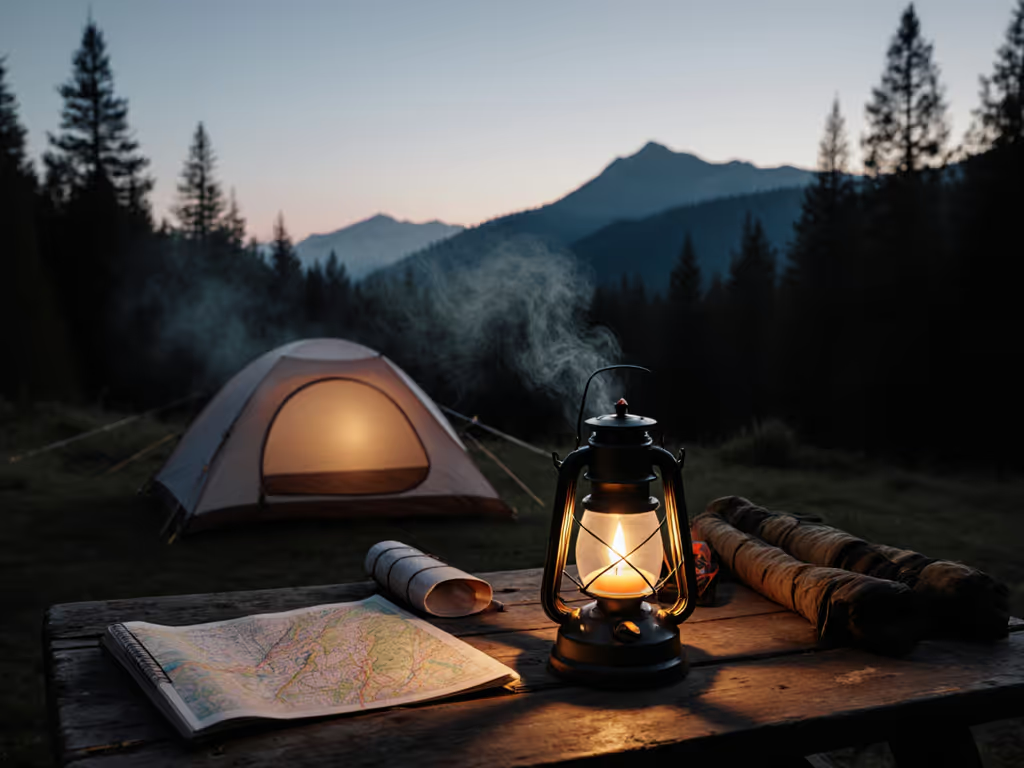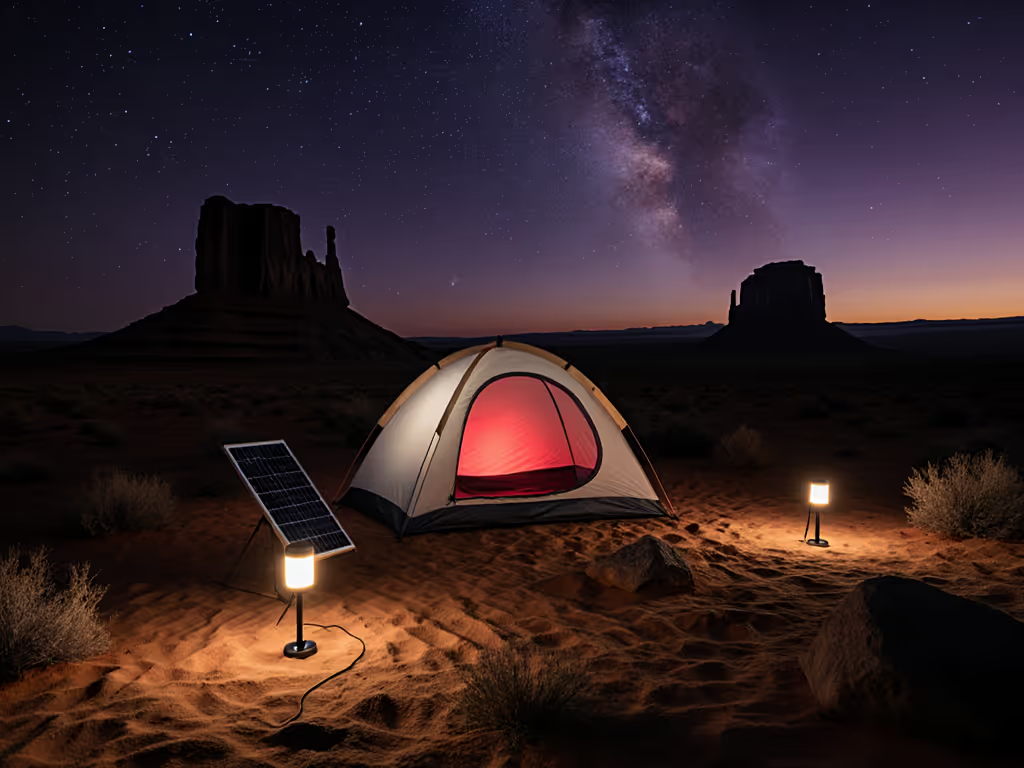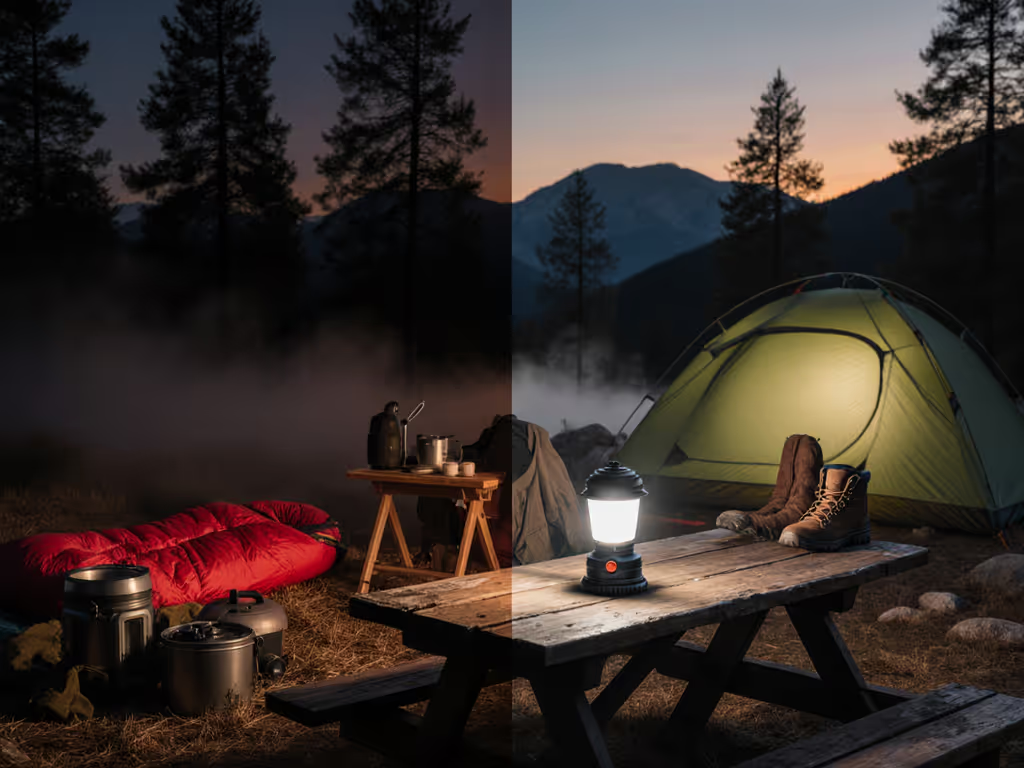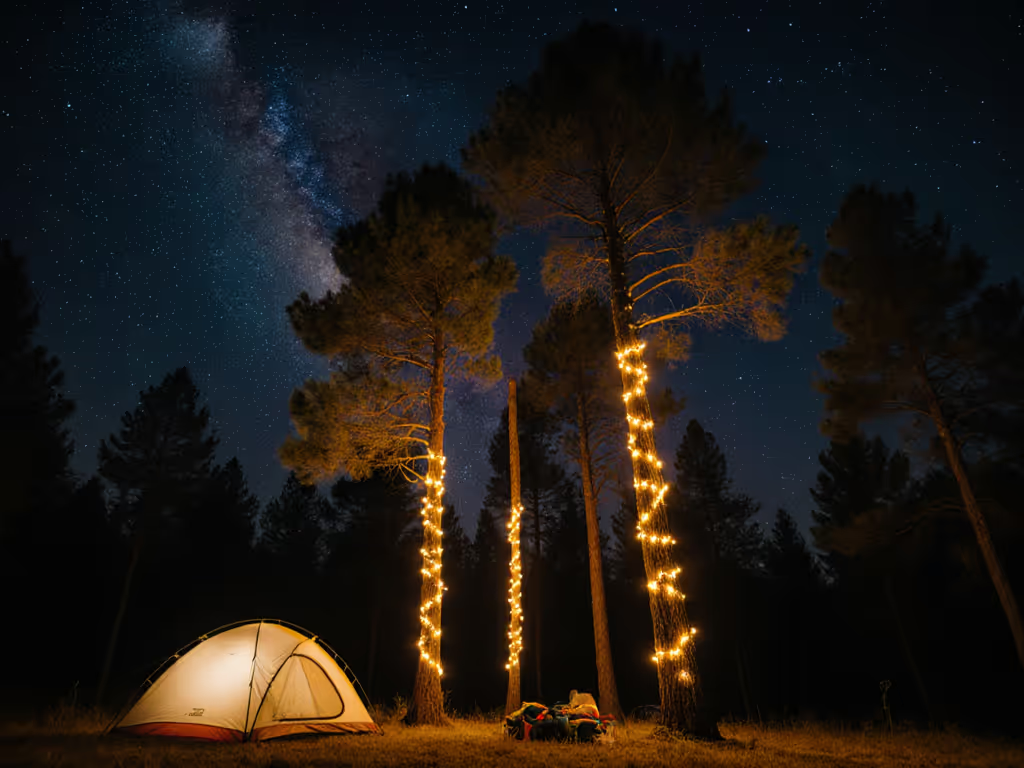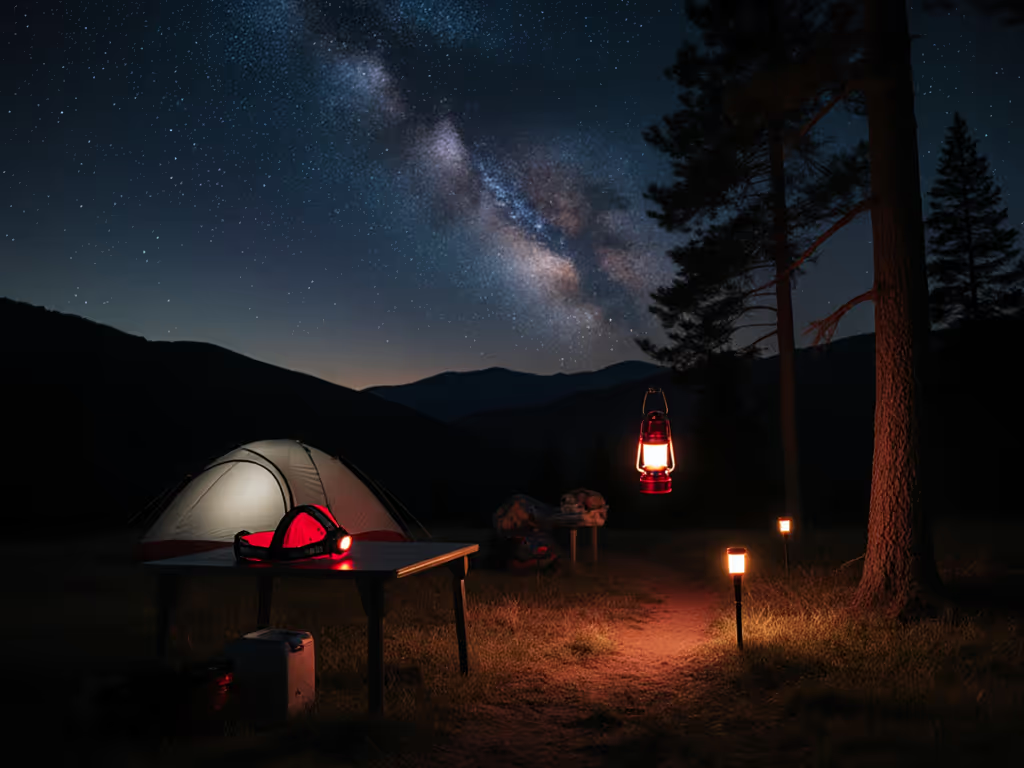
9 Dark-Sky-Friendly Camping Lights to Save Batteries and Preserve Night Vision (November 9, 2025)
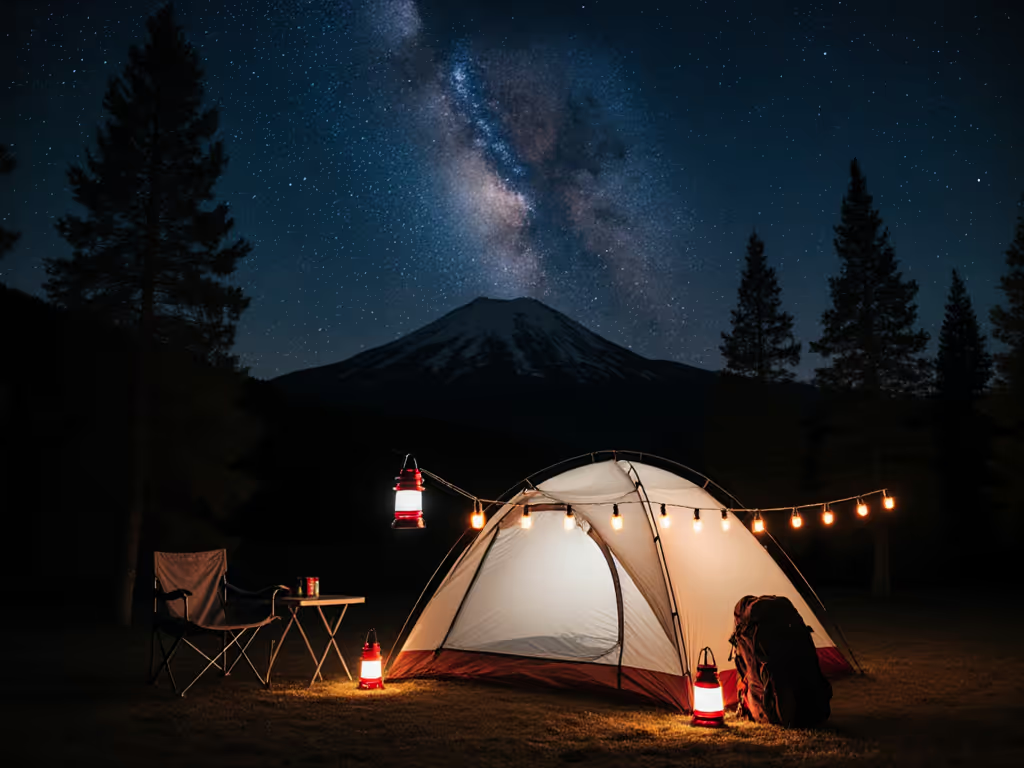
You came here to camp under stars, not under glare. This blog post for 2025-11-09 gathers nine dark-sky-friendly lighting choices that keep your night vision intact and your batteries going longer. Think of lighting like conversation volume at a quiet campsite: when it is warm, directed, and dim, everyone sees more and enjoys the moment. With help from Camp Crew Lighting’s testing and guidance, you will find lights that illuminate the ground at your feet while leaving the sky unspoiled for stargazing and wildlife.
Why Dark-Sky-Friendly Lighting Matters for Camps and Stargazers
Night vision is a fragile superpower. Your eyes build light-sensitive rhodopsin in low light, but a quick blast of bright, cool light can erase 20 to 30 minutes of adaptation in seconds. Warm light and red light preserve that adaptation because they stimulate the cones less and reduce the short-wavelength spill that bleaches sensitivity. That is why dark-sky-friendly designs emphasize warm color temperatures near 2200 to 3000 Kelvin, offer true red modes, and aim light down where you need it rather than into other camps or the canopy. For a deeper look at the benefits and science behind dark-sky-friendly lighting, read why dark-sky lighting matters for camping.
There is also the bigger picture. Studies cited by IDA (International Dark-Sky Association) show that blue-rich, unshielded light increases skyglow and disrupts nocturnal wildlife behavior, while shielded, warmer light can cut skyglow substantially compared with cool-white sources. Add the practical side: glare wastes energy because light that shines horizontally or upward does not light your work surface. By choosing warm, shielded, dimmable beams, you extend runtime, reduce battery waste, and keep the Milky Way vivid above your site. The upshot is simple: smart optics and warmer spectra mean happier eyes, quieter ecosystems, and fewer battery swaps.
blog post for 2025-11-09: The 9 Dark-Sky-Friendly Camping Lights We Trust
Below are nine field-proven light types we recommend for low-glare camps. Each selection favors warm output, downward spill, practical runtime, and thoughtful controls. Use these as archetypes to guide your next purchase or system build.
Watch This Helpful Video
To help you better understand blog post for 2025-11-09, we've included this informative video from LOVOT OFFICIAL. It provides valuable insights and visual demonstrations that complement the written content.
1) Warm-Only Headlamp with Dedicated Red Mode
A headlamp set to warm white only, plus a true red option, is your stealth tool for cooking, trail checks, and reading maps without nuking night vision. Look for a comfortable tilt mechanism, a lockout to prevent pocket activation, and a low starting level under 10 lumens for camp tasks. A warm emitter around 2700 to 3000 Kelvin and a smooth flood beam prevent harsh hotspots and bounce-back glare off tents.
2) Dim-to-Warm Camp Lantern with Top Shade
Lanterns are social lights, which is why a top shade or hood that blocks upward spill is essential for dark-sky friendliness. Seek dim-to-warm behavior that automatically shifts to a warmer color as you lower brightness for late evenings. A stable base, an optional hanging hook, and stepless dimming make it easy to fine-tune light to the exact glow your group needs.
3) Amber String Lights with Inline Dimmer
For communal spaces or vehicle awnings, amber string lights produce a cozy perimeter without blazing into the tree line. The winning combination is a low maximum brightness, a diffuser over each node, and an inline dimmer that remembers your last setting. Clip-on shades or small visors can further direct light down, transforming your setup into a gentle living room under the stars.
4) High Color Rendering Task Light for Cooking
When you want accurate colors for food prep, reach for a task light with high color rendering index and a warm tint. A pivoting head and a clamp or magnetic base help put light exactly where you are chopping or cleaning. Keep brightness modest and aim it down onto the cutting board to avoid dazzling friends across the table.
5) Micro Lantern with Rechargeable Lithium-ion Cell
Small, rechargeable lanterns shine inside tents or under a hammock tarp when diffused light matters more than raw output. Prioritize a low floor brightness under five lumens, a frosted diffuser, and a physical shade or half-shade to bias light downward. Charging via Universal Serial Bus Type C is convenient in camp and more efficient when paired with a right-sized battery bank.
6) Solar-Charged Lantern for Basecamp
If you settle in for several nights, a compact panel built into the lantern or a foldable external panel can make your lighting almost self-sustaining. Choose warm output, a true low mode, and a clear charging indicator so you do not guess about energy reserves. Solar top-ups cut battery waste and free your power bank for navigation devices or cameras. See our solar charging efficiency comparison to choose panels and lanterns that actually recharge well in real conditions.
7) Magnetic Area Light with Clip-On Hood
Metal surfaces on vehicles, bear boxes, or camp stoves invite magnetic mounting with precise aiming. A clip-on hood or side shield trims glare and stops broadside spill from hitting distant camps. Look for a wide flood angle, warm output, and a gentle ramping interface so you can creep brightness up without startling eyes.
8) Pivoting Tent Light with Diffuser Curtain
Inside a tent, glare bounces everywhere, so diffusion and direction control are critical. A pivoting base and a partial curtain or shade create a cozy “lampshade” effect that lights the floor and bags while leaving your partner’s eyes relaxed. A timer or auto-off after 30 minutes is a bonus for conserving charge on late nights.
9) Low-Glow Path Markers with Replaceable Coin Cells
Tiny, warm path markers or low-profile pucks reduce trips and stubbed toes around guy lines and stakes. They should be barely brighter than the stars, just enough to guide feet without washing out the sky. Replaceable coin cells and weather sealing make them reliable, and their near-amber tone keeps the vibe calm and night-friendly. For a broader safety overview of ground lighting versus overhead strings, see our pathway vs string lights guide.
Quick Comparison Table: Brightness, Runtime, and Light Behavior
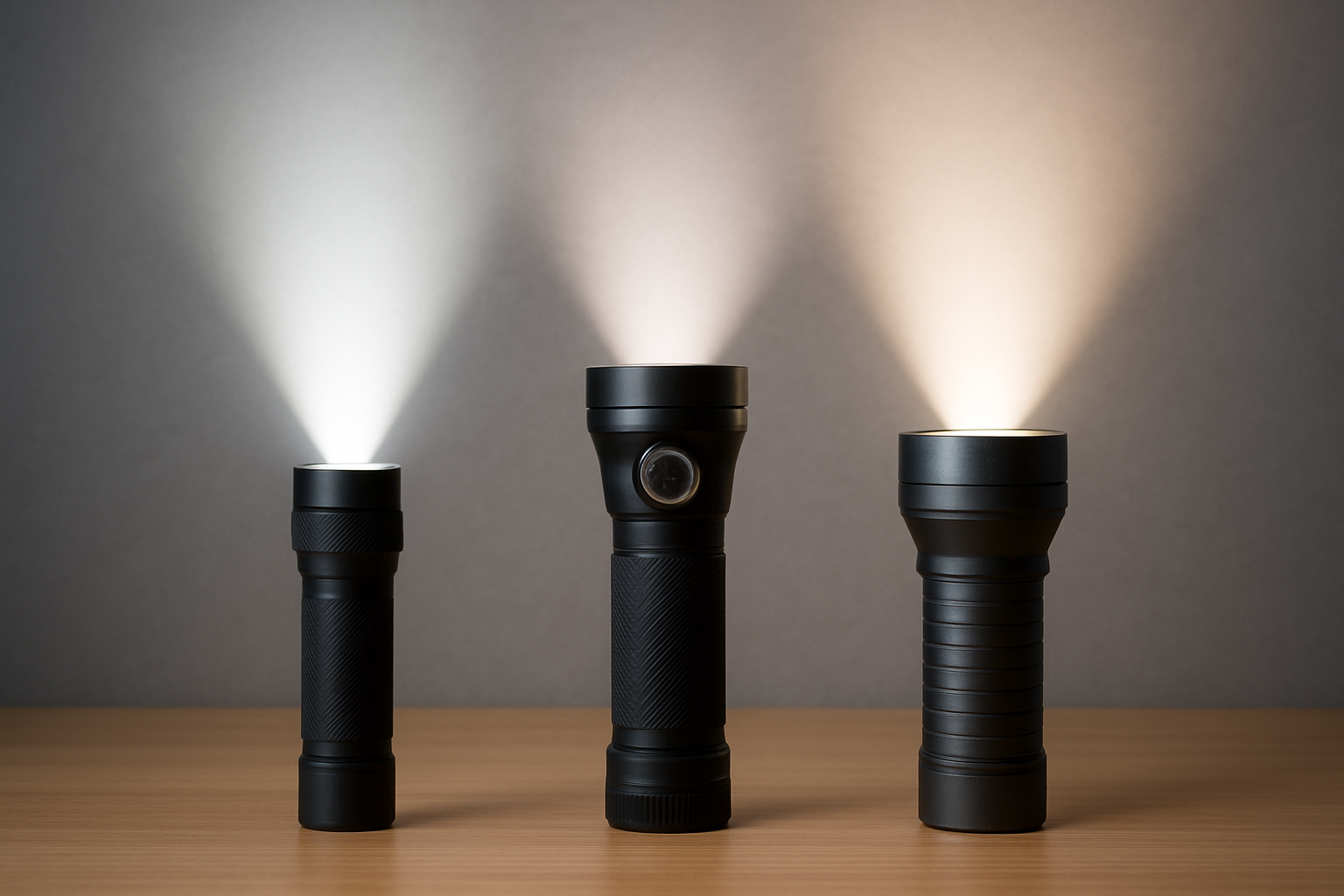
Use this table to scan the essentials. If you are unsure how many lumens you actually need for tasks and ambiance, check our lumens camping guide. We emphasize low starting levels, warm color, downward control, and efficient power. Treat the ranges as typical for quality gear; exact specifications will vary by brand and model.
| Pick | Max Brightness (lumens) | Warmth (Kelvin) | Red or Amber Mode | Power Source | Typical Runtime at 25 percent | Weight (grams) | Charging Port | Beam Type | IP (Ingress Protection) Rating | Typical Price (USD) |
|---|---|---|---|---|---|---|---|---|---|---|
| Warm-Only Headlamp with Red | 200 to 400 | 2700 to 3000 | Yes | Rechargeable lithium-ion | 10 to 20 hours | 70 to 100 | Universal Serial Bus Type C | Wide flood with tilt | 4 to 6 | 45 to 90 |
| Dim-to-Warm Lantern with Shade | 300 to 600 | 2200 to 3000 | Optional amber | Rechargeable lithium-ion | 12 to 30 hours | 250 to 400 | Universal Serial Bus Type C | 360 degrees, top-shaded | 4 to 6 | 50 to 120 |
| Amber String Lights with Dimmer | 100 to 200 total | 1800 to 2200 | Amber by design | Rechargeable power bank | 20 to 40 hours | 150 to 250 | Universal Serial Bus Type A | Ambient, directed downward | 4 | 30 to 70 |
| High Color Rendering Task Light | 300 to 700 | 2700 to 3000 | Usually no | Rechargeable lithium-ion | 6 to 12 hours | 180 to 350 | Universal Serial Bus Type C | Adjustable spot and flood | 5 to 6 | 60 to 140 |
| Rechargeable Micro Lantern | 100 to 200 | 2700 to 3000 | Often yes | Rechargeable lithium-ion | 15 to 50 hours | 80 to 150 | Universal Serial Bus Type C | Soft diffuse dome | 4 | 25 to 60 |
| Solar-Charged Lantern | 200 to 400 | 2200 to 3000 | Optional red | Solar plus lithium-ion | 10 to 24 hours | 200 to 400 | Onboard or Universal Serial Bus Type C | Diffuse 360 degrees | 4 to 6 | 60 to 110 |
| Magnetic Area Light with Hood | 200 to 500 | 2700 to 3000 | No | Rechargeable lithium-ion | 8 to 16 hours | 150 to 300 | Universal Serial Bus Type C | Wide flood, shielded | 5 to 6 | 50 to 100 |
| PIVOT Tent Light with Curtain | 100 to 250 | 2700 to 3000 | Optional amber | Rechargeable lithium-ion | 12 to 30 hours | 100 to 200 | Universal Serial Bus Type C | Directional diffuse | 4 | 30 to 80 |
| Low-Glow Path Markers | 5 to 20 each | 1800 to 2200 | Amber by design | Replaceable coin cells | 50 to 200 hours | 20 to 50 each | Not applicable | Marker glow | 4 | 5 to 20 each |
How to Choose the Right Light for Your Trip and Terrain
Start with your activity and the shape of your campsite. Backpackers benefit from a warm headlamp with a low floor and a micro lantern for tent time, while basecamp hosts may favor a shaded lantern and amber string lights. Ask where light should go, not how bright it can be: direct light downward, hide the source from eye level, and choose warmer tints that protect star views and night-adapted eyes.
Then consider power strategy. Compare rechargeable vs disposable camping lantern batteries to plan costs, runtime, and backup options. A compact battery bank with ten thousand milliampere hour capacity can run a warm headlamp on low for multiple nights if you avoid boost modes and high levels. Solar top-ups make sense if you are stationary and in strong sunlight. Finally, inspect controls: a single-press low, a memory that recalls your last setting, and a physical lockout save both power and patience in the field.
- Target color temperature: 2200 to 3000 Kelvin for social light and stargazing safety.
- Favor low starting levels: under 10 lumens for camp tasks and under 5 lumens for tent light.
- Insist on downward control: top shades, hoods, or angled mounts reduce stray spill.
- Prefer warm and red modes over cool white for preserving night vision.
- Choose reliable charging: Universal Serial Bus Type C and clear charge indicators.
- Check the IP (Ingress Protection) rating for your weather: 4 for showers, 6 for heavy rain.
Case study: A two-night desert star party with four campers used one shaded lantern at roughly 80 lumens for three hours each evening, amber string lights at a whisper glow for four hours, and four warm headlamps on low for two hours. Total draw from a ten thousand milliampere hour battery bank was under sixty percent, while the group preserved dark adaptation and enjoyed the Milky Way both nights. You can expect similar savings if you cap brightness early, place lights low, and keep the sources out of sight lines.
Setup and Maintenance: Field-Proven Best Practices

Good gear gets better with good habits. Before sundown, position lanterns low on tables or crates and tilt headlamps down; your goal is to light surfaces, not faces. Add clip-on shades or homemade hoods from reflective tape to block uplight, and run a quick “night test” by standing at the edge of camp to check for spill that might bother neighbors or wash the sky.
- Set levels early: select the lowest useful brightness before dark to avoid blasting eyes.
- Use red mode for reading maps, tent entry and exit, and late-night trips away from camp.
- Mount string lights under an awning edge with clips that aim nodes downward.
- Stage a charging plan: rotate devices, top off during midday, and keep cords labeled.
- Protect batteries: store lithium-ion cells at moderate charge when not in use and keep contacts clean.
Routine care keeps performance steady. Wipe dust from diffusers and reflectors to maintain efficiency, inspect seals to preserve the IP (Ingress Protection) rating, and update firmware if your light supports it through a companion app. If you use rechargeable cells, track cycles and replace at the first sign of swelling, reduced runtime, or inconsistent charging. Small habits compound into longer runtimes, fewer disruptions, and a reliably gentle glow.
How Camp Crew Lighting Tests and Recommends Dark-Sky Systems
Camp Crew Lighting exists to solve a simple but widespread problem: traditional camping lights can disrupt night vision, waste power, produce glare, and upset dark skies and wildlife. Our team evaluates lights in controlled and real camps to verify low starting levels, dim-to-warm behavior, red-mode usability, beam uniformity, and downward control. We also test for honest runtime, practical ergonomics with gloves, and visibility outside the beam to ensure your neighbors and the night sky are respected.
What do you get from us? Comprehensive reviews of camping lighting products, side-by-side comparisons, and curated recommendations by budget, activity, and group size. We publish how-to guides for setup and maintenance, system diagrams that combine lanterns, strings, and task lights, and head-to-head feature evaluations that highlight meaningful differences. The outcome is a plan tailored to your trip: They offer dark-sky-friendly lighting solutions and guidance that preserve the night environment, reduce glare, extend battery life, and enhance overall camping experiences with tailored recommendations.
Recap: Nine careful picks and a smarter setup can protect night vision, save batteries, and keep the sky dark and magnificent. Imagine a campsite where every light is gentle, every star is visible, and your battery gauge barely moves after two long nights. What will you change first after reading this blog post for 2025-11-09?
Choose Smarter With Camp Crew Lighting Reviews
Comprehensive reviews of camping lighting products and dark-sky guidance preserve night, reduce glare, extend battery life, and elevate camping for campers and festival-goers with tailored recommendations.

